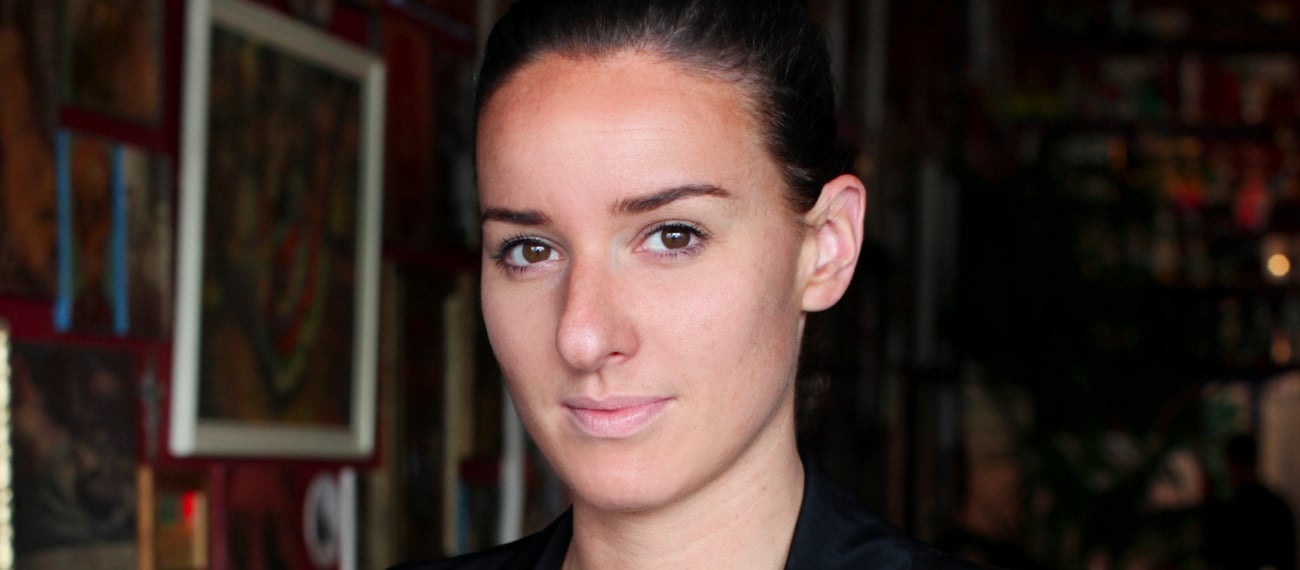Technology meets hospitality: Why Mimi Gilmour is planning a no-queue app, and other tech initiatives

It’s Tuesday evening in the Auckland suburb of Newmarket and the queues are out the door at restaurant Burger Burger, owned by hospitality entrepreneur Mimi Gilmour. Mostly it’s the young and restless, but there’s a smattering of older couples and families. The doorman is impatient. There’s a 40 minutes wait. And No, you can’t book and come back later. And No, you can’t put your name down for a table at Burger Burger Ponsonby and head there for a shorter wait. And Yes, you can quit getting pissed off and have a drink in the courtyard.

Burger Burger Ponsonby Central
We do, and actually we are ushered through almost as soon as our glasses hit the bar. The food is good, the service speedy and cheerful, and you can get a meal for under $20.

Still there was that unfortunate contretemps at the beginning of the evening. And Gilmour takes hospitality seriously. Her mum, Emerald Gilmour, ran Auckland’s upmarket Club Mirage in the 1980s, and Gilmour doesn’t want her customers’ night to start with a curt exchange of words. Quite apart from it not being much fun for the guy on the door.

Emerald and Mimi Gilmour
Gilmour’s restaurants Burger Burger and Fish Fish (and her former chain Mexico) have adopted the “no reservation” policy which is much in vogue around the world these days. London, Rome, Washington, Tokyo; in all these cities you’ll find increasing numbers of restaurants with punters seemingly happy to wait up to two hours for a table – and still come back next time.
The positives for the restaurants include not having to put up with ‘no shows’, quite apart from the kudos of knowing folks want to come to your place so much they are prepared to stand in line.
Still, it’s a bit annoying. Hence Gilmour’s app-in-progress Waitless, subtitled “Screw the queue”. It’s still in development, and unlikely to be launched until next year, but it will allow customers to log in from home/their desk/the bar round the corner, check wait times at any of Gilmour’s three (and about to be five) restaurants, get into the queue without having to stand in line, and receive updates on when they should turn up.
“It allows everyone to manage their time better: have a drink somewhere else, or sit at their desk a bit longer.” It may also mean less hassle for the guy on the door, as the information will manage customer expectations. People may say they are happy waiting an hour, Gilmour says, but realistically they get impatient – and that’s not good for anyone’s good night out.

This image (and one above, top) courtesy of franksolutions.co.nz
There is other software doing similar things overseas – apps like eetapp, for example. But Gilmour says they can be overcomplicated. “I designed Waitless so my mother could use it.”
Initially, Gilmour plans to use the app just for her own restaurants, but other eateries could be added later. The idea at the moment is for customers to pay $1 to jump on the app; restaurants will get it for free.
The hospitality industry has sometimes been slow to embrace technology, she says, but there are plenty of areas where tech can produce efficiencies.
At Burger Burger, for example, they have just built an online community (BB Central) for the company’s 100 or so staff. With several restaurants in the group – and two more set to open in Takapuna soon – and with the majority of employees being young, part time and on shifts, it’s a way to bring everyone together, Gilmour says.
“At the moment we use a Facebook group, and that’s quite effective, but with BB Central everyone has a profile, a photo, so we can recognise everyone, and staff feel included and can get to know each other.”
BB Central will also be the repository for online training modules being introduced across the company, as Gilmour tries to get a large group of mainly under-25 part-timers to deliver the “casual excellence” she wants for customers. The training will feature video, animations and written tests, and each new staff member will have a mentor who will keep an eye on their progress. Level one will cover things like greeting a customer, dealing with drunks, taking an order, with higher levels dealing with running the business side of the company.
“The hospitality industry has been focussed on service, and we haven’t always invested in that level of training.”
How about restaurant robots? They may be appearing overseas, but not in Gilmour’s chains.

“I love hospitality for the fact that it is a face-to-face interaction between people. The minute you get people ordering their own food for the table, you lose that. I was bought up in family where we sat down to dinner and I am concerned the more we automate, the more we lose that personal touch. Technology is good for efficiency in some areas, but it will be a sad day when it takes away the shared trust between two people.”
Mimi Gilmour’s big hairy audacious goals
10 restaurants in 10 years time.
To serve the equivalent of the population of New Zealand in one year.
To be the most extraordinary place to work for under 25s in New Zealand.





